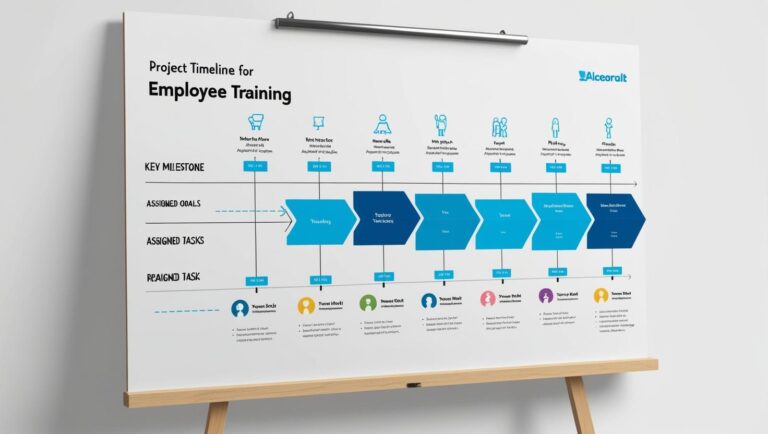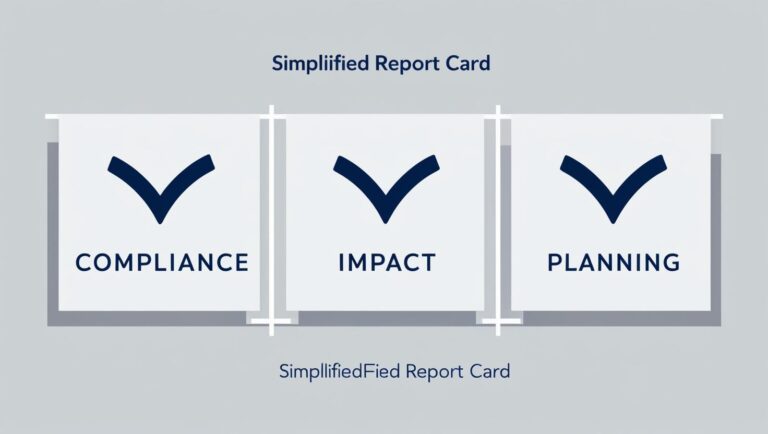What Counts as Training in Your WSP?
Don’t Sell Yourself Short — Here’s What You Can (and Should) Include in Your Submission
If you’re like many small business owners or Skills Development Facilitators (SDFs), you might assume that training only counts if it’s formal, expensive, or runs over several days. In reality, most businesses are already delivering far more training than they think — it’s just that much of it goes unrecognised.
Leaving it off your Workplace Skills Plan (WSP) and Annual Training Report (ATR) isn’t just a small oversight. It’s a lost opportunity for discretionary grants, Skills Development Levy rebates, and even credibility with your SETA. But the good news is that with a little awareness and documentation, you can capture all of it — formal and informal alike — and present a submission that truly reflects how your business develops its people.
Why Recognising All Forms of Training Matters
The WSP/ATR isn’t just paperwork. It’s your business’s story of development, investment, and growth. Submitting a report that underreports training has consequences beyond compliance. You risk missing out on financial incentives such as discretionary grants, access to SETA support programmes, and partial recovery of your Skills Development Levy.
Moreover, an incomplete picture can make it seem like your business isn’t investing in people, even if you’re doing so daily. By recognising and documenting all forms of training, you’re showing SETAs that your organisation is committed to skills development with purpose.
Understanding What “Training” Really Means
At its core, training is any activity that improves an employee’s knowledge, skills, or behaviour in a way that helps them perform better at their job. It doesn’t have to be formal or expensive, and it doesn’t always need a certificate at the end.
Think about training as a spectrum. On one end is formal, accredited learning, and on the other is informal, everyday learning that happens naturally in your business. Both ends are valid for your WSP submission — as long as you document it.
Formal Training: Accredited Learning
When people think of training, they usually imagine formal, structured programmes. And yes, these absolutely count. Formal training includes learnerships, skills programmes, and accredited short courses. Each has its own characteristics and reporting requirements.
Learnerships are structured programmes, often lasting 12 months, that combine theory and practical workplace learning. They lead to a registered qualification on the National Qualifications Framework (NQF). For example, a Level 4 Business Administration Learnership run by an accredited training provider and aligned to your SETA’s framework would fall into this category.
Skills Programmes are shorter and focus on a cluster of unit standards rather than a full qualification. For example, a five-day Customer Service Skills Programme accredited by the Services SETA teaches specific competencies and can be included in your WSP/ATR.
Short Courses are focused sessions designed to improve a specific skill. While some are accredited, others may not be. When accredited, they usually require a unit standard reference, a SETA-accredited provider, and proof of assessment, such as signed portfolios of evidence (POEs) or results.
A key insight here is that not all formal learning needs to be long or expensive to count. Even a one-day accredited workshop can add significant value — and will be recognised by the SETA — if it is documented correctly.
Informal Training: Often Overlooked but Equally Important
Where many small businesses shine — but fail to recognise it — is in informal training. This is the learning that happens naturally during the workday, often in real time, and directly on the job. It’s flexible, cost-effective, and highly impactful.
On-the-Job Training is a classic example. Any time a supervisor, peer, or team lead shows someone how to do a task while they’re actually doing it, learning is taking place. For instance, a new hire being guided on your inventory management system or a kitchen assistant shadowing a chef to learn a new dish is receiving valid training. The key is to document it: who was trained, what they learned, and when it occurred.
Job Shadowing is another form of informal development. When an employee follows a more experienced colleague to observe tasks, processes, or decision-making, they are learning by observation. A junior admin clerk shadowing an office manager to understand supplier negotiations and stock control can be included as learning-by-observation or informal mentoring in your submission.
Mentorship is slightly more structured but still counts as informal training when documented. Mentorships are relationships where a more experienced employee provides guidance, knowledge, and support over time. For example, a junior sales executive being mentored by the sales director on client engagement and proposal writing for six months represents real, reportable skills development.
The beauty of informal training is that it’s embedded in your business processes. Team members are learning in context, applying knowledge immediately, and improving performance without the expense of formal courses.
Soft Skills vs. Hard Skills: Both Count
It’s crucial to recognise that both soft and hard skills are valid for your WSP, as long as they improve performance.
Soft Skills are interpersonal and behavioural abilities. They include communication, time management, emotional intelligence, problem-solving, and leadership. These are often taught through experience, reflection, or discussion but can also be formalised in workshops. For example, a team huddle where employees discuss conflict resolution strategies is soft skills development.
Hard Skills are technical or process-based abilities. These include operating machinery, using accounting software, running payroll, or following compliance procedures. Hard skills are generally taught through direct instruction or demonstration and are often easier to measure.
Both types of skills are critical, especially in small businesses where employees frequently wear multiple hats. Reporting them accurately in your WSP/ATR demonstrates a holistic approach to workforce development.
What SETAs Expect for Informal Training
Just because training is informal doesn’t mean it goes unrecognised. SETAs want evidence that:
The training happened.
It was purposeful and planned.
It was beneficial to the employee and the business.
Evidence doesn’t have to be complex. It can include signed attendance registers, internal training checklists, meeting minutes, screenshots of online sessions, agendas, supervisor evaluations, or even WhatsApp confirmations of mini-sessions. Anything that shows learning occurred and was intentional is valid.
For instance, if your floor manager runs a 20-minute demonstration on how to safely use a new piece of equipment, a short email confirming who attended and what was covered is sufficient proof. That simple record turns everyday learning into reportable training.
Common Mistakes Businesses Make
Many businesses still miss out on reporting valuable training because they underestimate what counts. Common mistakes include:
Only reporting formal, accredited training and ignoring informal learning.
Leaving soft skills development off the plan, even though these are crucial in a small business context.
Failing to maintain proof. Without documentation, even valuable learning won’t be recognised.
These oversights can result in underreporting, lost grants, and a weaker position when it comes to discretionary funding or Skills Development Levy recovery.
Examples of “Hidden” Training That Should Be Reported
Some of the most impactful training is happening quietly in your business every day. Examples include:
Weekly team catch-ups that include skill-sharing or process updates.
Supervisors showing staff how to log health and safety reports or manage compliance documents.
Watching short, practical online demos to learn new systems or tools.
Peer-to-peer teaching on using software or applications specific to your business.
Hosting short customer service refreshers, even for 30 minutes, to reinforce best practices.
The rule of thumb is simple: if someone learned something that made them better at their job, it counts as training.
Making Informal Training Submission-Ready
To ensure that all training — formal and informal — is recognised by the SETA, it’s crucial to maintain clear, organised records. Many small businesses use a simple Excel tracker or a shared folder to store all proof. For each training activity, you should note the date, attendees, topic, facilitator, and type of learning. Attach any supporting evidence such as screenshots, emails, or sign-offs.
This approach transforms day-to-day business operations into measurable, reportable skills development. By the end of the year, your WSP/ATR reflects not just compliance but a real commitment to building capabilities in your team.
Final Thoughts
Small businesses often underestimate how much training they actually deliver. By broadening your understanding of what counts as training and documenting it properly, you can capture both formal and informal learning, hard and soft skills, structured mentoring, and on-the-job coaching.
Recognising all these forms of development doesn’t just improve your WSP/ATR. It positions your business for discretionary grants, strengthens your Skills Development Levy claims, and provides a credible narrative of investment in your people.
In short, don’t sell yourself short. Everything your team learns — from shadowing and mentorship to short courses and workshops — contributes to growth. Document it, report it, and let it count.



